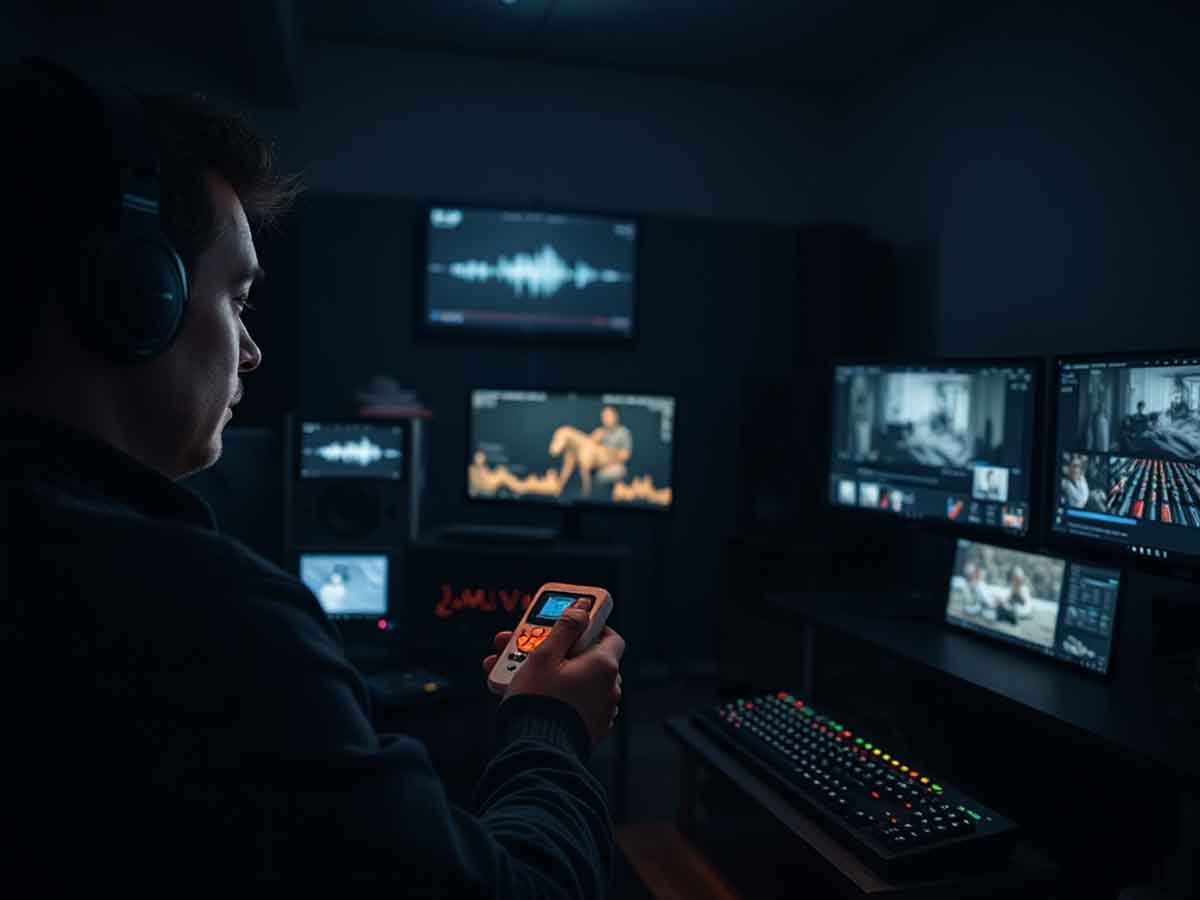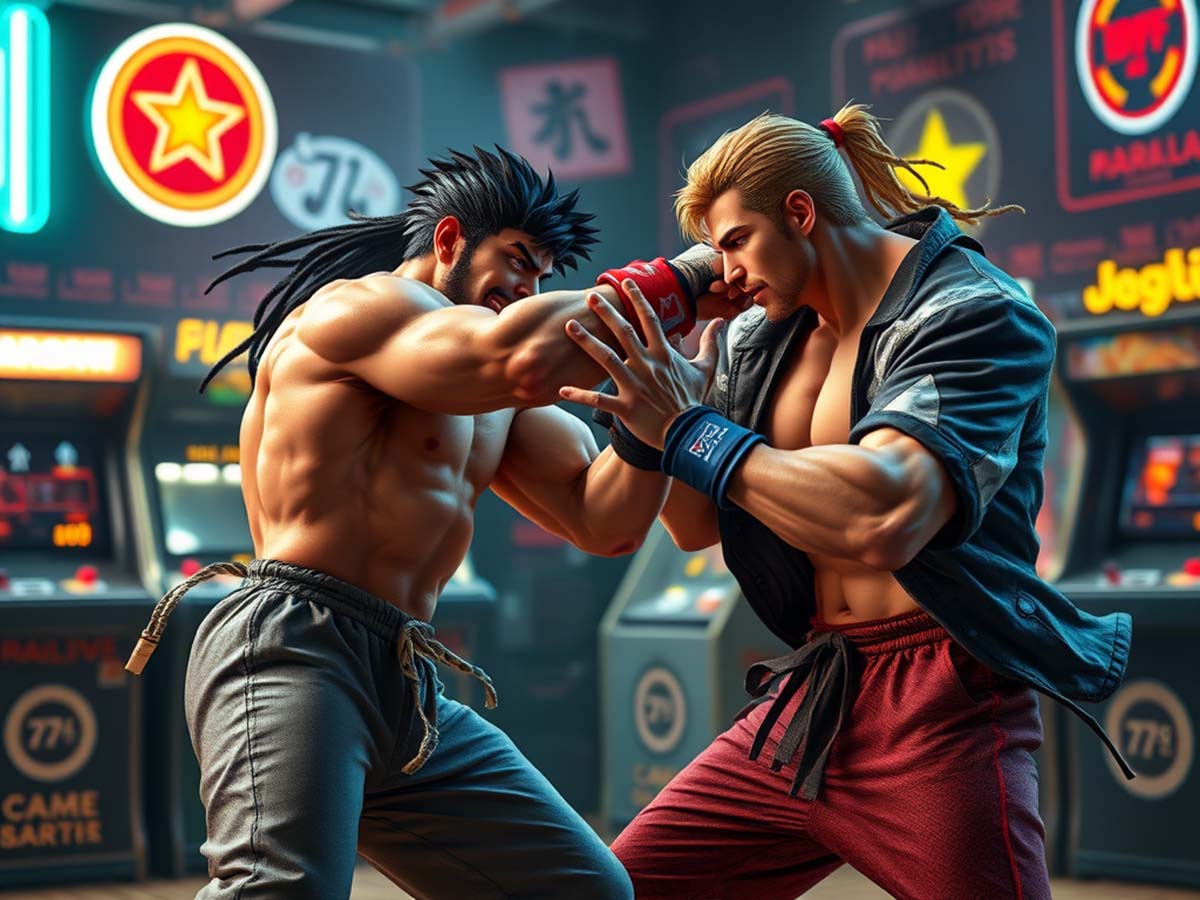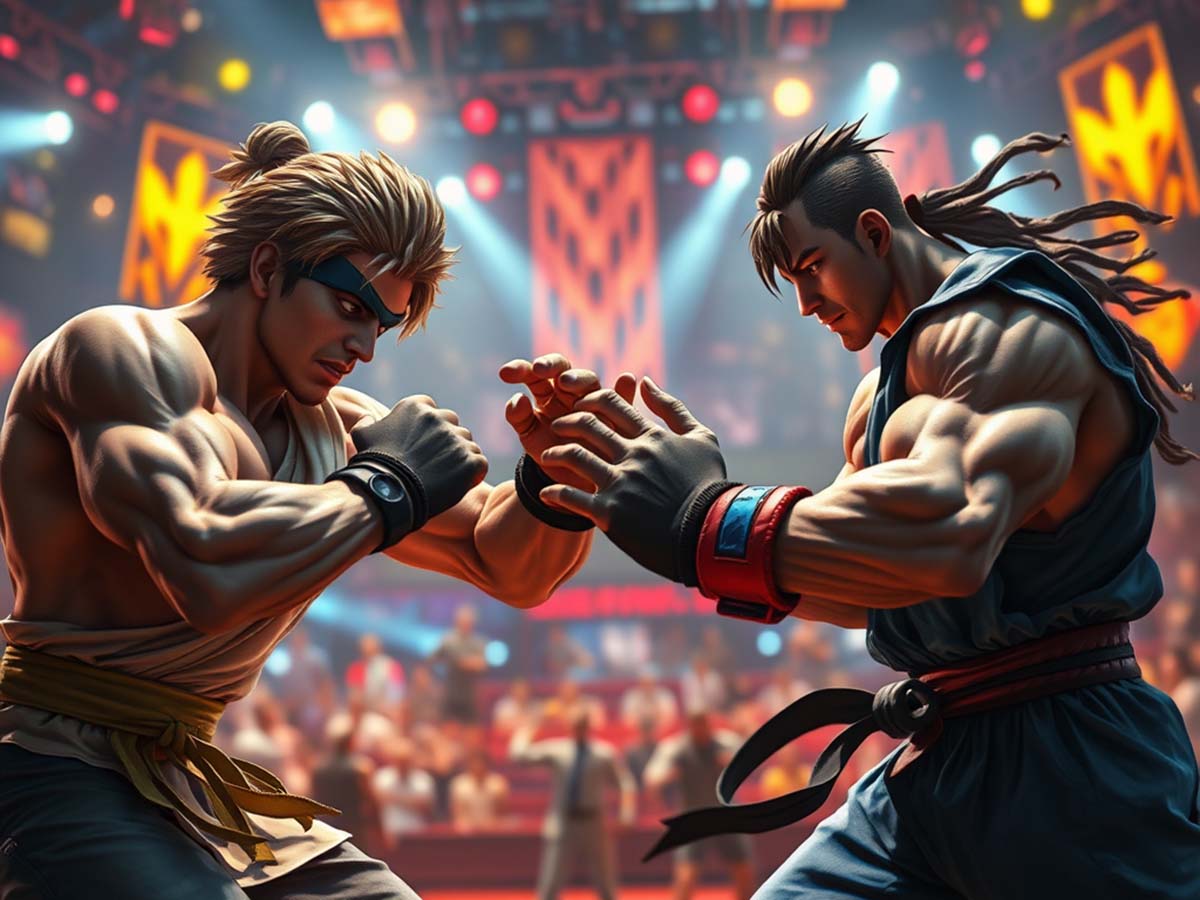Street Fighter: How It Became a Timeless Icon in Fighting Games
Since the launch of Street Fighter II in arcades back in 1991, shouts of “Hadoken!” and “Shoryuken!” have echoed across the globe. Those sounds weren’t just part of the game—they signaled a new era in video game history. More than 30 years later, both seasoned and younger players still grab the joystick to test their reflexes and combos. What makes this title continue to stand strong across generations?
Early Days That Sparked a Global Craze
When Capcom introduced the original Street Fighter in 1987, the hardware was still limited. Yet the game introduced special attacks that required precise joystick movement combined with well-timed button presses. Though not as smooth as later versions, it laid the groundwork for Street Fighter II. Once the second title hit the market, arcades from Tokyo to São Paulo buzzed with activity. Sales skyrocketed, and long lines formed to play what felt like a new kind of competition.
That popularity wasn’t an accident. The developers studied hand movements closely. The quarter-circle forward input for Hadoken had to feel natural. The uppercut motion had to snap back just right. They created a system that was easy to pick up but hard to master—a design standard that still influences game studios today.
Arcades That Bred Real-Time Rivalries
Before online lobbies, local arcades were the battlegrounds. In Los Angeles, students used backpack straps to mark their turn at the cabinet. In Seoul, rows of coins lined the screen’s edge to signal who was next. The sound of button presses, the pause before a super move—each round came packed with emotion.
Capcom later launched official tournaments across continents. The B-Series in the U.S., Super Battle Opera in Japan, and eventually the Evolution Championship Series (EVO) in 1996 brought together the best players worldwide. These events didn’t just crown champions—they fostered cross-cultural friendships and competitive respect.
A Cast That Reflected the World
Many players describe Street Fighter’s characters as a mini United Nations of digital brawlers. Ryu, a focused warrior from Japan; Chun-Li, the first female lead in a fighting game; and others like Blanka and Dhalsim showcased diverse skills and backgrounds. Each had unique move sets and compelling stories that stuck with fans.
Their appeal extended beyond the screen. Animated shows, live-action films, soundtrack albums, and streetwear collections all featured these characters. A simple post of “Tiger Uppercut” on social media could be understood instantly, regardless of language.
Mechanics That Set the Bar
A big reason for the series’ lasting appeal is its constant mechanical innovation:
- Super Combo Gauge: Introduced in Super Street Fighter II Turbo (1994), it gave struggling players a last-minute boost.
- Parry System: In Street Fighter III, this wasn’t just blocking—it required sharp timing. The “Daigo Parry” at EVO 2004 became legendary.
- Focus Attack and Ultra Combo: Street Fighter IV refreshed the 2.5D format, adding more risk-and-reward dynamics to gameplay.
Each new version mirrors not just tech evolution but shifting player preferences—while holding onto essentials like spacing, footwork, and balance between offense and defense.
Esports and the Continuation of Legacy
Today’s competitive gaming scene pulls in millions of dollars. While MOBAs and battle royale games dominate much of the spotlight, Street Fighter remains vital. At events like the Capcom Pro Tour Grand Finals, fans still cheer with the same intensity from the arcade days. The sound of rapid button mashing and joystick smashes hasn’t faded.
The game also opened up new careers: commentators, strategy coaches, and streamers now earn a living around the franchise. Through global circuits, rising talents from places like Eastern Europe and Africa get a chance to shine, proving that skill has no geographic limit.
More Than Just a Game
The franchise didn’t stop with game consoles. It worked with sneaker brands, beverage companies, graffiti artists, and more. Although the 1994 film received mixed reactions, it’s still admired by many. The anime film Street Fighter II: The Animated Movie gained praise for its fluid action scenes. Even orchestras have reimagined Guile’s Theme, performing it in various musical styles.
Fans as Co-Creators
One major reason Street Fighter has thrived is its community. In the early 2000s, players shared self-edited combo videos online, highlighting advanced techniques and clever resets. Community-run wikis emerged to explain frame data and hitboxes. Without official training tools at first, fans built their own custom scripts to help others learn faster.
Digital artists on social media design alternate costumes, some of which have caught the attention of Capcom and made it into the actual game as DLC. At fan conventions in Canada and Germany, cosplayers appear as Cammy or Juri in intricate, handmade armor. Some charity matches have raised thousands of dollars for causes like earthquake relief in Turkey.
Capcom listens to feedback from players. When the community spots issues like broken hitboxes, developers often respond with patches within weeks. Sometimes, fan-made costume ideas become official content. It’s clear that the franchise’s energy comes from this strong, two-way relationship.
Why Players Keep Coming Back
What keeps people playing?
- Simple but deep gameplay – Beginners can enjoy basic moves, but the depth in strategy and frame timing attracts veterans.
- Global player base – From casual online matches to major tournaments, players always find competitors who challenge and inspire.
- Ongoing evolution – Each release brings fresh features while keeping the core gameplay familiar.
- Cultural impact – The brand is visible in anime, music, sports events, and clothing, embedding itself in everyday pop culture.
Growth Across Generations
In the ‘90s, Street Fighter led the way for 16-bit consoles. By the 2000s, it adapted to PlayStation 2 and Dreamcast, even with limited online features. When Street Fighter IV launched in 2008, it kicked off a revival of fighting games in the HD era, helping other franchises gain attention again.
Though Street Fighter V faced early criticism, it served as a testbed for the live-service model. Season updates and downloadable character packs kept fans engaged. Now, Street Fighter 6 brings in bold graffiti-style visuals and a single-player World Tour mode, adding a more personal feel to the fights.
Tech-wise, the game has kept pace. Rollback netcode in the latest version cuts lag, making matches smoother even between players far apart. Thanks to cross-platform play, a PC player in Berlin can compete against a console rival in Mexico City without major delays.
Looking Ahead: What’s Next for Street Fighter?
Experts believe the Street Fighter universe will only continue to expand. Capcom has hinted at projects involving virtual reality and interactive story modes. The competitive mobile scene also offers new ground, prompting improvements to servers across different regions.
Players with physical challenges are calling for more inclusive control systems, and developers are reportedly exploring these requests. Marketing partnerships have also been growing in Europe and Latin America—from limited-edition drinks in Brazil to exclusive clothing drops in France that sold out in just an hour.
This isn’t just about nostalgia. The demand remains strong because the series evolves with its community and meets the expectations of new players.
Lasting Impact Beyond the Screen
What sets Street Fighter apart is not just its polished gameplay or flashy characters. It thrives because of intelligent design, an active player base, and its broad presence in pop culture. With the esports scene heating up and more fans joining every year, this title stands tall as a foundational force in fighting games—one that will continue shaping the genre for years to come.


